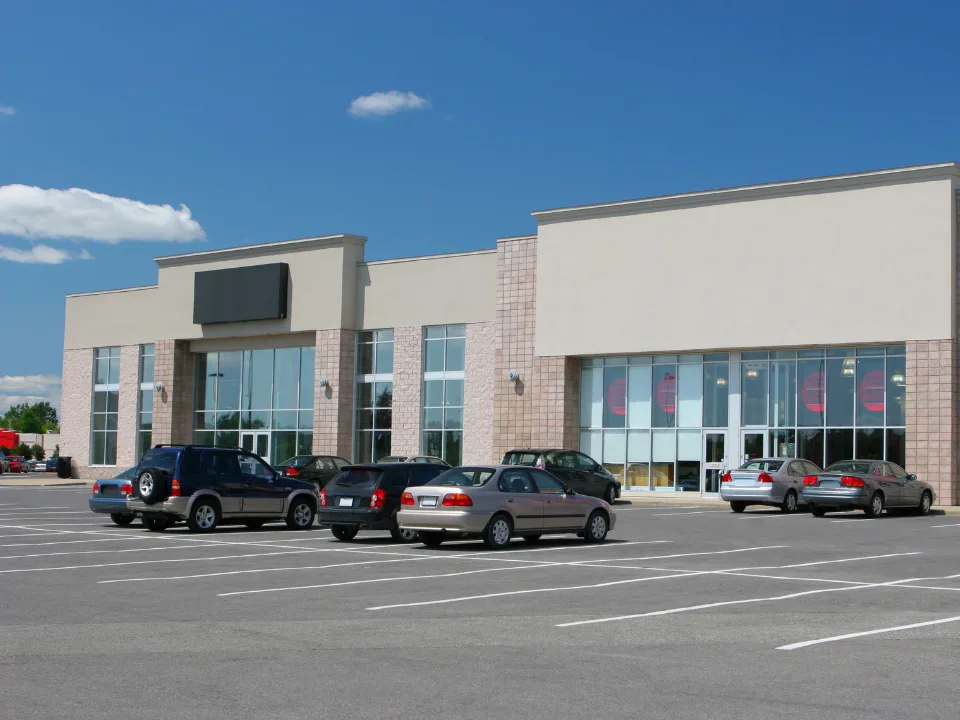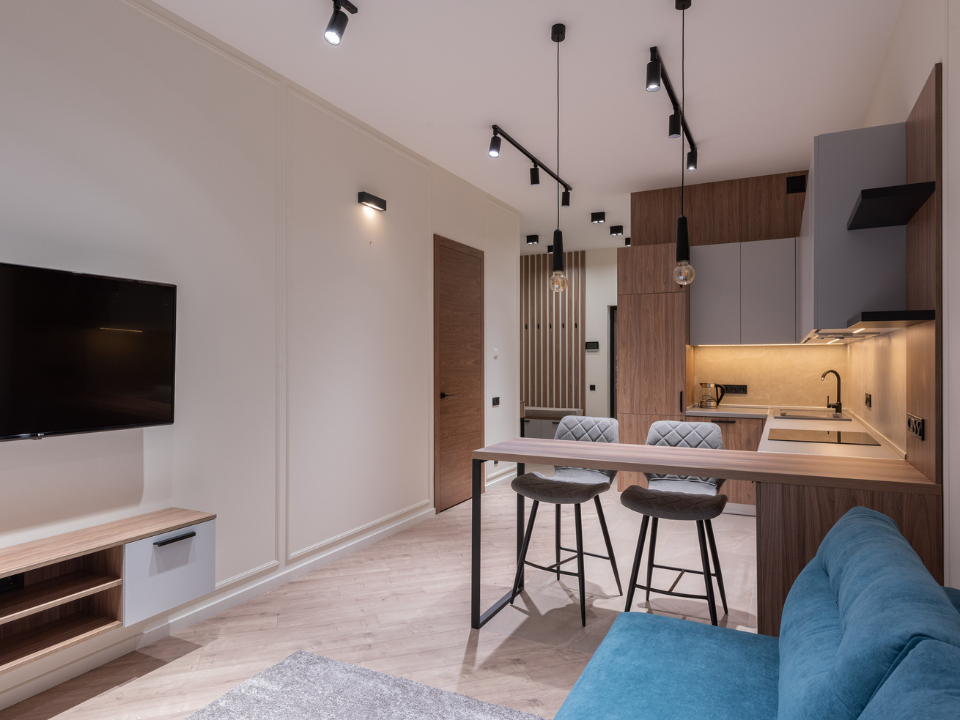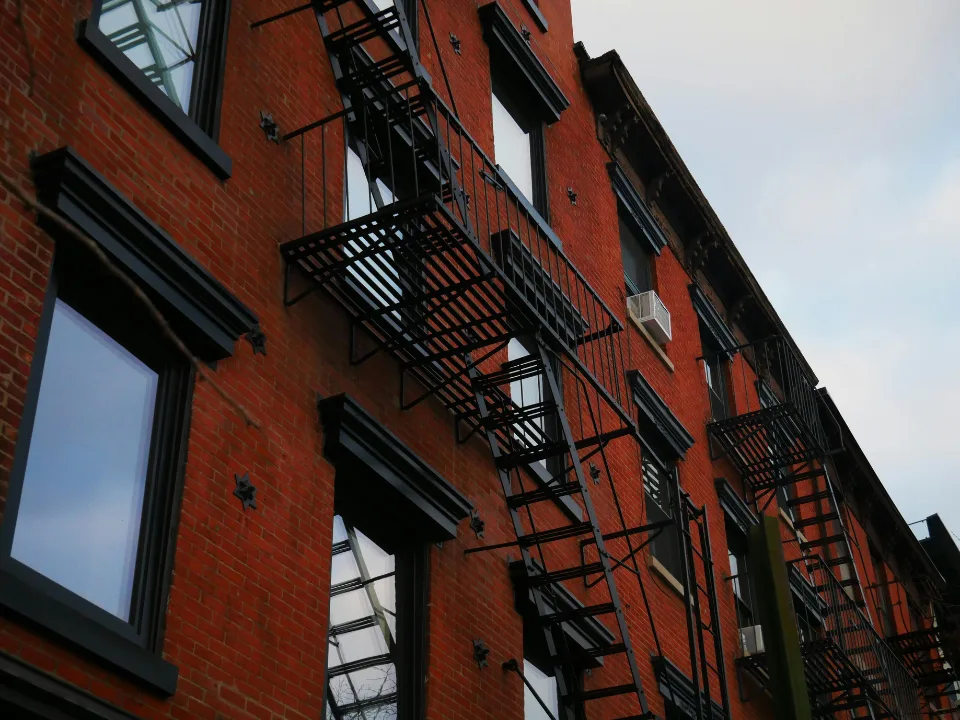- Vacancy rates have leveled off for the first time in three years as apartment demand reaches its highest point since 2021.
- If demand continues to grow, landlords may gain more pricing leverage, potentially leading to rent hikes starting in 2025.
- Investors are returning to the apartment market, with transaction activity rising in cities like Denver, San Francisco, and Washington, D.C.
According to WSJ, after years of rising vacancies driven by a historic construction boom, the U.S. apartment market is showing signs of recovery.
The Bigger Picture
For the first time in three years, vacancy rates are holding steady as demand has climbed to its highest levels since 2021. This growth could give landlords more pricing power by next year, particularly as new apartment construction is set to slow down.
The recent shift follows a construction surge that added over 1.2M new apartments to the market over the past two years, according to CoStar. This unprecedented supply temporarily pushed vacancy rates higher but is now meeting rising demand, helping stabilize occupancy levels.
Rent Pressures
While rent growth has remained relatively flat over the past year due to the surge in new supply, a slowdown in construction could potentially allow landlords to raise rents again in 2025.
According to CoStar, about 672K new units will be completed by the end of this year, but only half that number is projected for 2025, with even fewer in 2026. As long as conditions remain stable and homeownership remains out of reach for many, landlords may be able to raise rents soon.
Regional Variety
Certain markets have been affected more acutely by this trend than others. Coastal cities like NYC and Los Angeles, along with Midwest metros such as Indianapolis, have led the country in rent renewals, with 5% growth recorded in recent months.
Meanwhile, Sunbelt cities that have been booming with new developments continue to face high vacancy rates and slower rent growth. Austin, for example, has the nation’s highest vacancy rate at over 15% when including new builds, as developers offer aggressive concessions to fill units.
As major employers increase in-office requirements, demand for urban rentals may rise even more, especially in coastal employment hubs. In Seattle, apartment owners are reporting higher leasing among Amazon (AMZN) employees preparing for the company’s five-day office attendance policy, which is set to begin in January.
Get Smarter about what matters in CRE
Stay ahead of trends in commercial real estate with CRE Daily – the free newsletter delivering everything you need to start your day in just 5-minutes
Growing Confidence
With vacancy rates stabilizing, investor confidence in the apartment market is recovering. Sales of apartment buildings have grown for two straight quarters, especially in high-demand metros like Denver and San Francisco.
Apartment owners are also benefiting from strong retention, as fewer renters are leaving the rental market to purchase homes, due to some of the most challenging home affordability conditions in decades.
Looking Ahead
If demand remains robust and new construction slows, apartment owners could see a stronger rental market in 2025.
However, any rise in rents may put more pressure on federal and local policymakers to address housing affordability—a prominent election issue that could impact rent regulations for years to come.

















